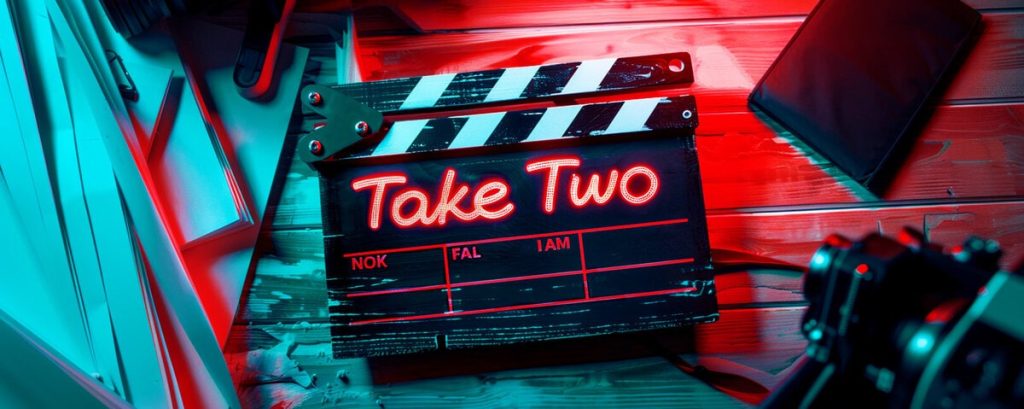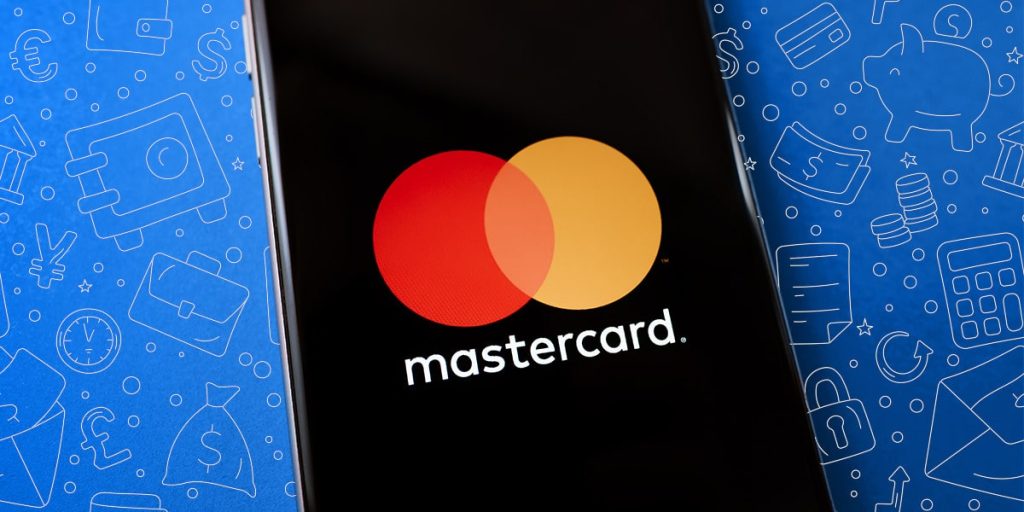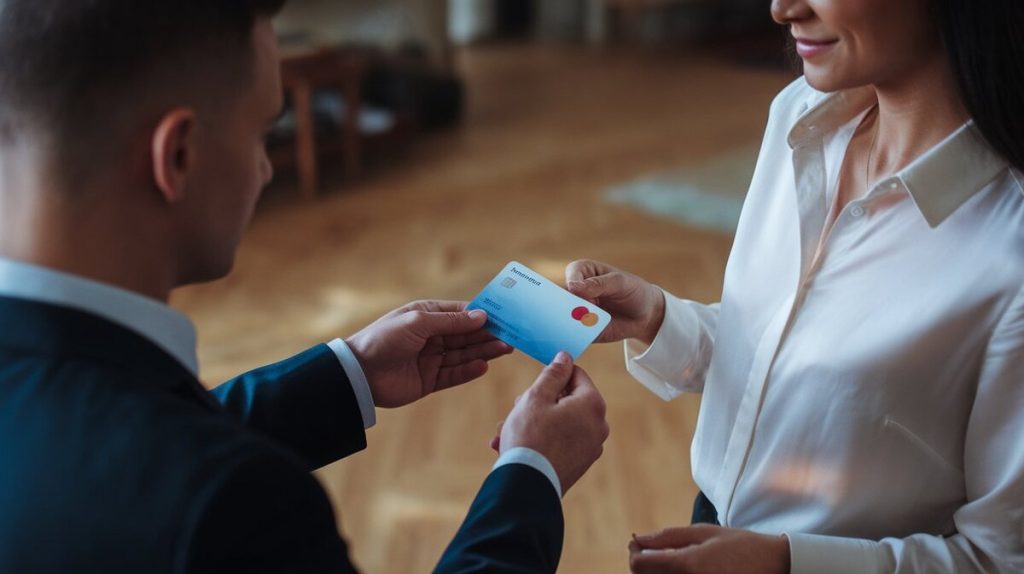Chargebacks are a significant issue for merchants, leading to revenue losses and operational costs. Second presentment, also known as re-presentment, is a crucial tool for merchants to challenge and potentially reverse unfair chargebacks. This guide explains the second presentment process, how it works, and what merchants need to know to improve their chances of success.
What is Second Presentment?
Second presentment allows merchants to dispute a chargeback by providing evidence that the original transaction was valid. This evidence is submitted to the acquiring bank, which then forwards it to the issuing bank for review. Second presentment is part of Mastercard’s chargeback dispute cycle and follows specific rules and timelines.
Merchants trigger second presentment when they believe a chargeback is unjustified. By providing proof such as receipts or delivery confirmations, they aim to show the transaction was legitimate.
How the Second Presentment Process Works
The second presentment process follows a structured path to give merchants a chance to reverse a chargeback. Here’s how it works:
- Review the Chargeback Reason Code
Chargebacks come with a reason code explaining why the dispute was raised. Understanding this code is crucial because it informs the type of evidence needed to challenge the chargeback. For example, Mastercard reason code 4863 deals with “cardholder disputes,” while reason code 4870 involves “fraud.” - Gather Evidence
The success of a second presentment hinges on strong documentation. Merchants need to collect evidence such as:
- Signed receipts or invoices
- Shipping and delivery proof
- Communication with the customer
- Product descriptions and service records All evidence must be relevant to the specific chargeback reason code, as the issuing bank evaluates whether it sufficiently disproves the chargeback.
- Submit the Rebuttal Letter
Along with the evidence, merchants need to prepare a rebuttal letter explaining why the chargeback is invalid. This letter should be factual and concise, avoiding unnecessary speculation. Focus on how the evidence counteracts the cardholder’s claims. - Adhere to the Timeline
Mastercard sets firm deadlines for second presentment. Merchants usually have 45 days from the chargeback notice to submit their evidence. Missing the deadline results in an automatic loss of the dispute. The issuing bank typically takes between 30 to 75 days to review the case.
Key Deadlines for Mastercard Second Presentment
Here’s a summary of the key time limits in the Mastercard chargeback process:
| Stage | Time Limit (Days) |
|---|---|
| Second Presentment Submission | 45 days from chargeback notice |
| Issuing Bank Reviews Evidence | 30-75 days |
| Pre-Arbitration Submission | 45 days |
Meeting these deadlines is critical to maintaining the right to dispute the chargeback.

Why Second Presentment is Important for Merchants
Second presentment gives merchants a chance to recover revenue lost to chargebacks. Friendly fraud—when cardholders dispute legitimate transactions—accounts for a significant portion of chargebacks. Without second presentment, merchants would lose this revenue. Additionally, chargebacks resulting from misunderstandings, consumer mistakes, or processing errors can often be successfully disputed.
Chargebacks also have broader financial consequences. Merchants with high chargeback ratios can face penalties under Mastercard’s Excessive Chargeback Program (ECP). Merchants classified as Excessive Chargeback Merchants (ECM) can face fines ranging from $1,000 to $200,000, depending on the severity of their chargeback ratio.
Challenges of the Second Presentment Process
Despite its benefits, second presentment comes with several challenges:
- Low Win Rates: On average, merchants win only 30-32% of second presentments. Common reasons for losing include insufficient evidence, failure to understand chargeback codes, or missing deadlines.
- Understanding Chargeback Codes: Different chargeback codes require different evidence, making it important for merchants to fully grasp Mastercard’s chargeback rules.
- Strict Timelines: Failing to respond within the 45-day deadline will result in the automatic dismissal of the case.
Merchanto.org, an official partner of Visa and Mastercard, helps merchants reduce their chargeback rates and navigate the dispute process. To learn more about their services, visit Merchanto.org.
Best Practices for Winning Second Presentment Disputes
Success in second presentment requires preparation and adherence to best practices. Here are strategies to improve your chances of winning:
- Maintain Complete Transaction Records
Keep detailed records of all transactions, including receipts, delivery confirmation, and customer communication. This ensures that you have the necessary evidence ready if a chargeback occurs. - Respond Within the Deadline
Always submit your evidence within the 45-day window set by Mastercard. This allows your case to be reviewed without risking automatic dismissal. - Tailor Evidence to the Reason Code
Each chargeback reason code demands specific types of evidence. Fraud-related chargebacks require proof of identity and signed receipts, while product disputes need shipping confirmations. - Collaborate with Your Acquiring Bank
The acquiring bank plays a critical role in the second presentment process. Work closely with them to ensure all documents are submitted correctly and on time. - Evaluate Pre-Arbitration Options
If second presentment fails, consider moving to pre-arbitration or arbitration. However, arbitration fees can be steep, often reaching $500 per dispute.

Mastercard Chargeback Codes and Corresponding Evidence
Understanding Mastercard’s chargeback codes is key to submitting the right evidence for second presentment. Here’s a table summarizing common chargeback codes and the necessary supporting documents:
| Chargeback Code | Reason | Required Evidence |
|---|---|---|
| 4837 | Fraudulent Transaction | Signed receipts, proof of delivery, communication with cardholder |
| 4863 | Cardholder Dispute | Proof of fulfillment, terms of service, return policy |
| 4870 | Incorrect Amount Charged | Transaction logs, customer agreement |
| 4853 | Services Not Rendered | Proof of service delivery, customer communication |
The Financial Impact of Chargebacks
Chargebacks affect not only a merchant’s revenue but also their long-term relationship with payment processors. Mastercard tracks merchants’ chargeback ratios, and those who exceed a 1.5% ratio face penalties through the Excessive Chargeback Program (ECP). Below is a summary of potential fines for merchants classified as ECM:
| Months in Excessive Chargeback Program | ECM Fine | HECM Fine |
|---|---|---|
| 1 Month | $0 | $0 |
| 3 Months | $1,000 | $2,000 |
| 7-11 Months | $25,000 | $50,000 |
| 19+ Months | $100,000 | $200,000 |
Staying below the 1.5% threshold helps merchants avoid these fines and maintain positive relationships with their payment processors.
Conclusion
Mastercard’s second presentment process gives merchants a vital opportunity to contest chargebacks and recover lost revenue. Success depends on understanding chargeback codes, gathering relevant evidence, and adhering to strict timelines. By following best practices and working closely with acquiring banks, merchants can improve their chances of winning second presentments and reducing the financial burden of chargebacks.
Chargebacks are a fact of doing business, but with the right approach, merchants can protect their revenue and reduce the frequency of disputes.



